And with its inherent tradition of dynamism and creativity, Ho Chi Minh City is ready to accept new motivational mechanisms to develop not only for itself but also to contribute more to the whole country.
In dozens of seminars and discussions on specific mechanisms for Ho Chi Minh City held recently, experts, scientists and managers all agreed that promoting decentralization and delegation of power to Ho Chi Minh City - a city of about 13 million people - is necessary and the more specific it is, the easier it is to implement.
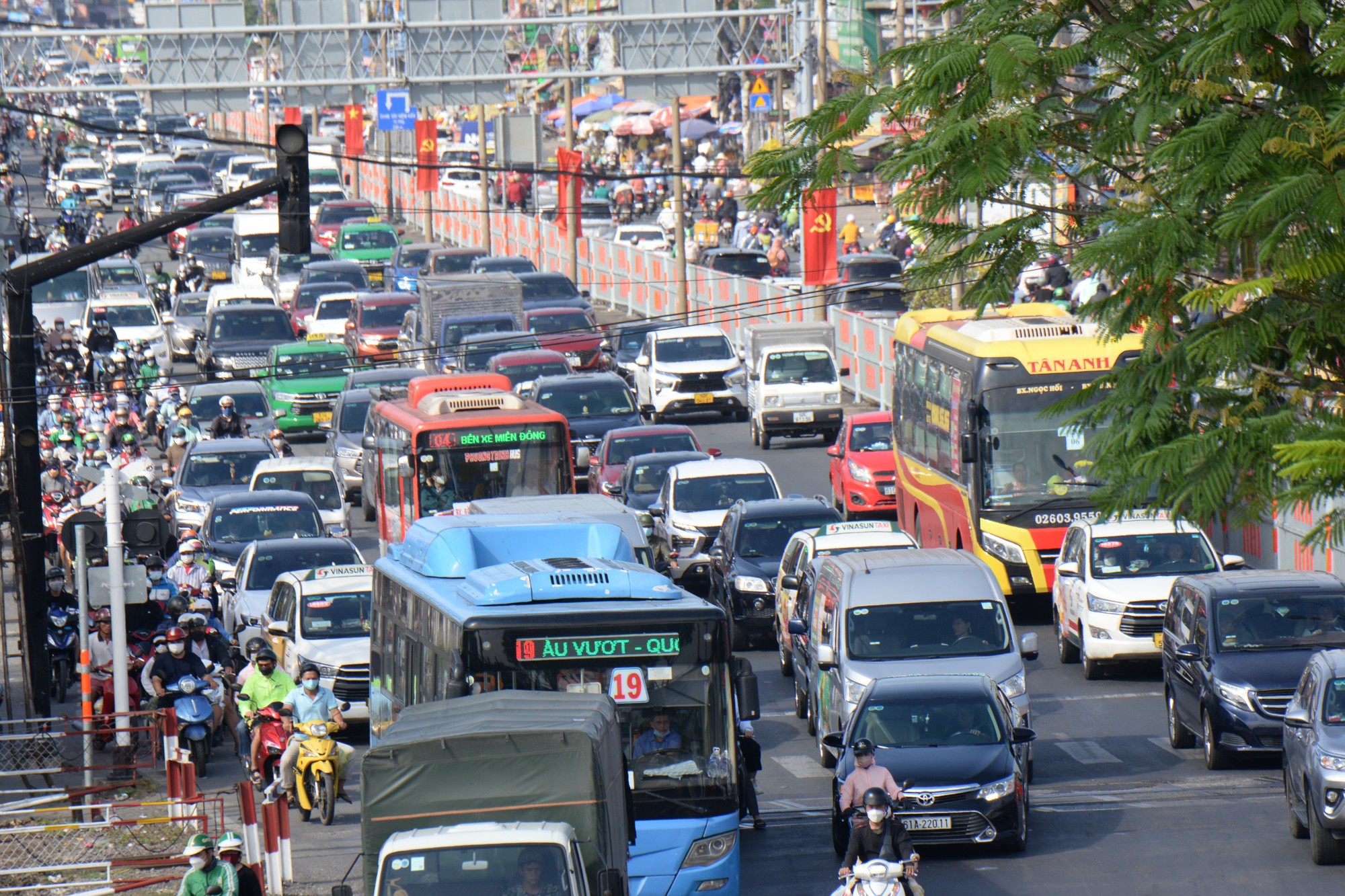
The project to expand National Highway 13 (Thu Duc City, Ho Chi Minh City) has yet to start construction after 22 years of planning, causing traffic congestion in the connecting area towards Binh Duong.
PIONEER FOR THE WHOLE COUNTRY
According to Professor Nguyen Trong Hoai (Ho Chi Minh City University of Economics ), to be worthy of its position as an economic locomotive "for the whole country", from the 1990s to the present, Ho Chi Minh City has formed pioneering models such as export processing zones, high-tech zones, stock exchange centers, etc., creating regional and regional spillover effects, creating a strong driving force contributing to the overall development of the whole country.
The pioneering models mentioned above are just representatives of many other breakthroughs that come from thinking beyond the incomplete institutional frameworks to meet the dynamic and rapidly changing demands of the context of Ho Chi Minh City. And the city has created very meaningful socio-economic results that many other provinces and cities have come to observe and innovate together.
In nearly 40 years after the renovation and nearly 50 years of national reunification, the Central Committee has issued resolutions on the development of Ho Chi Minh City to its full potential. As an economic locomotive, for a long time, the city has contributed 20% to GDP and the state budget, and is also an attractive destination for domestic and foreign investors. In particular, the population currently living and working in Ho Chi Minh City has increased 4 times and the city has become a megacity with a modern development style according to the international integration mindset.
However, Ho Chi Minh City is also facing the challenge of a congested megacity due to overloaded transport and social infrastructure, hindering development resources. These challenges are clearly manifested in the slowing growth rate and lower than previous decades, and most recently, the first quarter of 2023 may be the lowest in history.
"Promoting tradition in the new context with the mindset of continuing to maintain the leading position of the country's economy, in addition to Ho Chi Minh City continuing to be for the whole country, the whole country is for Ho Chi Minh City through designing outstanding institutions, mobilizing sufficient resources and deploying those resources in Ho Chi Minh City to overcome current challenges. In the medium term, the overarching philosophy of Resolution 31 issued by the Politburo has demonstrated the country's aspiration for Ho Chi Minh City to develop to regional and international standards," shared Professor, Dr. Nguyen Trong Hoai.
DON'T ASK FOR MONEY, JUST ASK FOR A MECHANISM
At the end of 2022, the Politburo issued Resolution 31, setting many major goals for Ho Chi Minh City, such as having a prominent position in the Southeast Asian region by 2030, and by 2045, developing on par with major cities in the world, becoming an attractive global destination. Associate Professor, Dr. Tran Hoang Ngan (National Assembly Delegation of Ho Chi Minh City) commented that this is an important political basis for the National Assembly and the Government to concretize into outstanding policies and mechanisms to effectively implement the above goals.
In the process of drafting a resolution to replace Resolution 54 of the National Assembly in 2017 (on piloting a special mechanism for the development of Ho Chi Minh City), Ho Chi Minh City did not ask for more money from the Central Government but only asked for a new mechanism to mobilize and promote resources. This approach is supported by many experts because the mechanism is appropriate and meets urgent practical requirements.
Mr. Phan Van Mai, Chairman of the Ho Chi Minh City People's Committee, shared that the current Resolution 54 focuses a lot on exploiting revenue sources because at that time there were conditions and needs. However, when building the new resolution, Ho Chi Minh City did not focus on exploiting revenue sources but asked to pilot outstanding, breakthrough mechanisms to mobilize resources to fully exploit potential. Specifically, Ho Chi Minh City asked to pilot matters that are not yet regulated by law, or have regulations but overlap, not thoroughly resolving practical requirements.
The development of Ho Chi Minh City is closely linked to its role as the "conductor" of the Southeast region and the southern key economic region. Resolution 24 of 2022 of the Politburo on socio-economic development, ensuring national defense and security in the Southeast region until 2030, with a vision to 2045, has also assigned the mission to Ho Chi Minh City as the driving force of economic growth and a locomotive and center in many aspects, with the capacity for international integration when compared to cities in the region. "If Ho Chi Minh City develops, it will contribute to the overall development of the region and the whole country," Mr. Phan Van Mai added.
N "SPEED-DOWN" PREVENT
Having worked in research for many years in association with Ho Chi Minh City, Associate Professor, Dr. Tran Hoang Ngan said that through the implementation of the Politburo's resolutions from 1982 to present, Ho Chi Minh City has demonstrated its leading role, being the locality with the largest contribution to the country's GDP and contributing 26 - 27% of the total budget revenue.
However, the growth momentum of Ho Chi Minh City in the past decade has slowed down, many driving forces have decreased, and the growth rate has dropped sharply. If in the period 1996 - 2010, Ho Chi Minh City's economy grew by an average of 10.2%, 1.6 times higher than the national average, then in the period 2011 - 2015 it decreased to 7.2%, and in the most recent period 2016 - 2020 it was only 6.4%.
FAIR, TRANSPARENT AND SUSTAINABLE IN PILOT APPLICATION
From the perspective of state management research, Associate Professor, Dr. Vu Tuan Hung, Deputy Director in charge of the Southern Institute of Social Sciences (under the Vietnam Academy of Social Sciences), agrees with the boldness of allowing Ho Chi Minh City to pilot superior mechanisms, giving greater autonomy to create motivation and encourage dynamism, creativity, and strong development.
"To have revenue and proactively balance development investment requires a fair, transparent and sustainable method when applying the pilot. That is, Ho Chi Minh City will be the first to pilot it. If it goes well, it will be a premise to encourage provinces and cities to implement it together so that the policy is fair to all localities, not a special preferential treatment," said Mr. Hung.
Associate Professor, Dr. Tran Hoang Ngan also said that for many years, the technical and social infrastructure of Ho Chi Minh City has been in disarray, from traffic jams, flooding, environmental pollution to lack of schools, overloaded hospitals, and cultural and sports facilities that have not met the legitimate needs of the people. There are programs, plans, and projects to overcome these shortcomings, but there is a lack of resources from the budget.
Resolution 54 of the National Assembly in 2017 promptly created new development space and promoted the removal of many difficulties and obstacles for the city. However, the summary report of Resolution 54 also pointed out limitations when many specific mechanisms and policies were implemented slowly and ineffectively, in the context of the negative impact of the Covid-19 pandemic and the prolonged volatile world situation.
For example, Ho Chi Minh City expects financial mechanisms to help mobilize an additional VND40,000 - 50,000 billion/year to invest in infrastructure development, but in reality, the entire period of 2018 - 2022 mobilized less than VND18,000 billion from sources of excess budget revenue, equitization and divestment, bond issuance, and re-borrowing of foreign loans from the Government. Potential sources with large revenues have not been deployed such as equitization of state-owned enterprises, revenue from asset exploitation, land, etc.
Many experts believe that 5 years is not enough to fully evaluate the effectiveness of the mechanisms and policies, especially when Ho Chi Minh City spent 2 years (2020, 2021) responding to the tense developments of the Covid-19 pandemic. Therefore, continuing with breakthrough policies is necessary to continue perfecting policies and have enough time to have a more objective view.
Source link



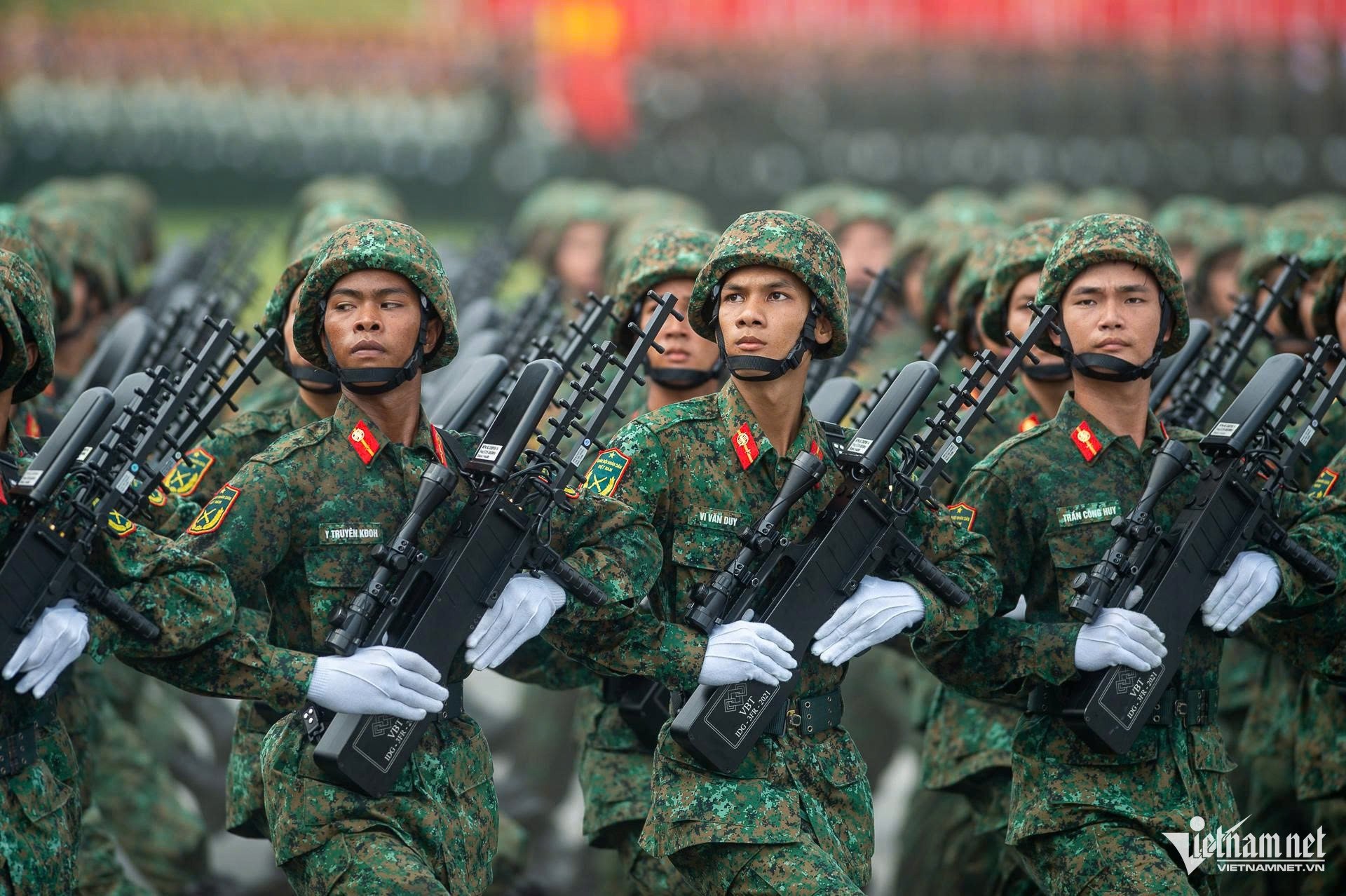





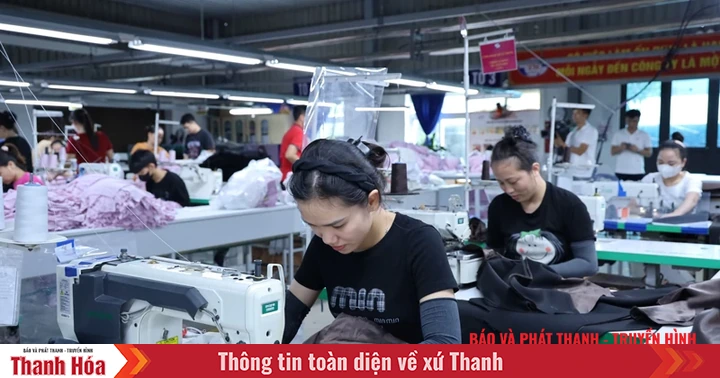

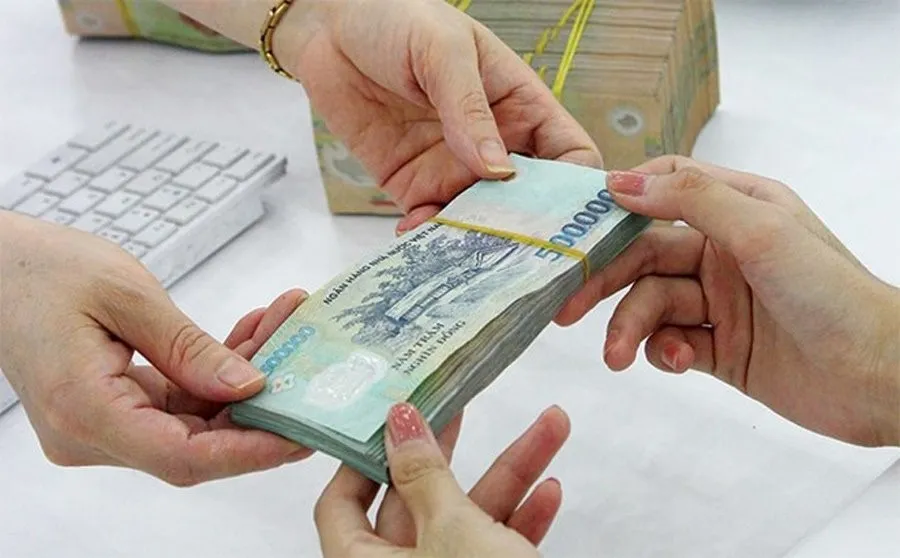

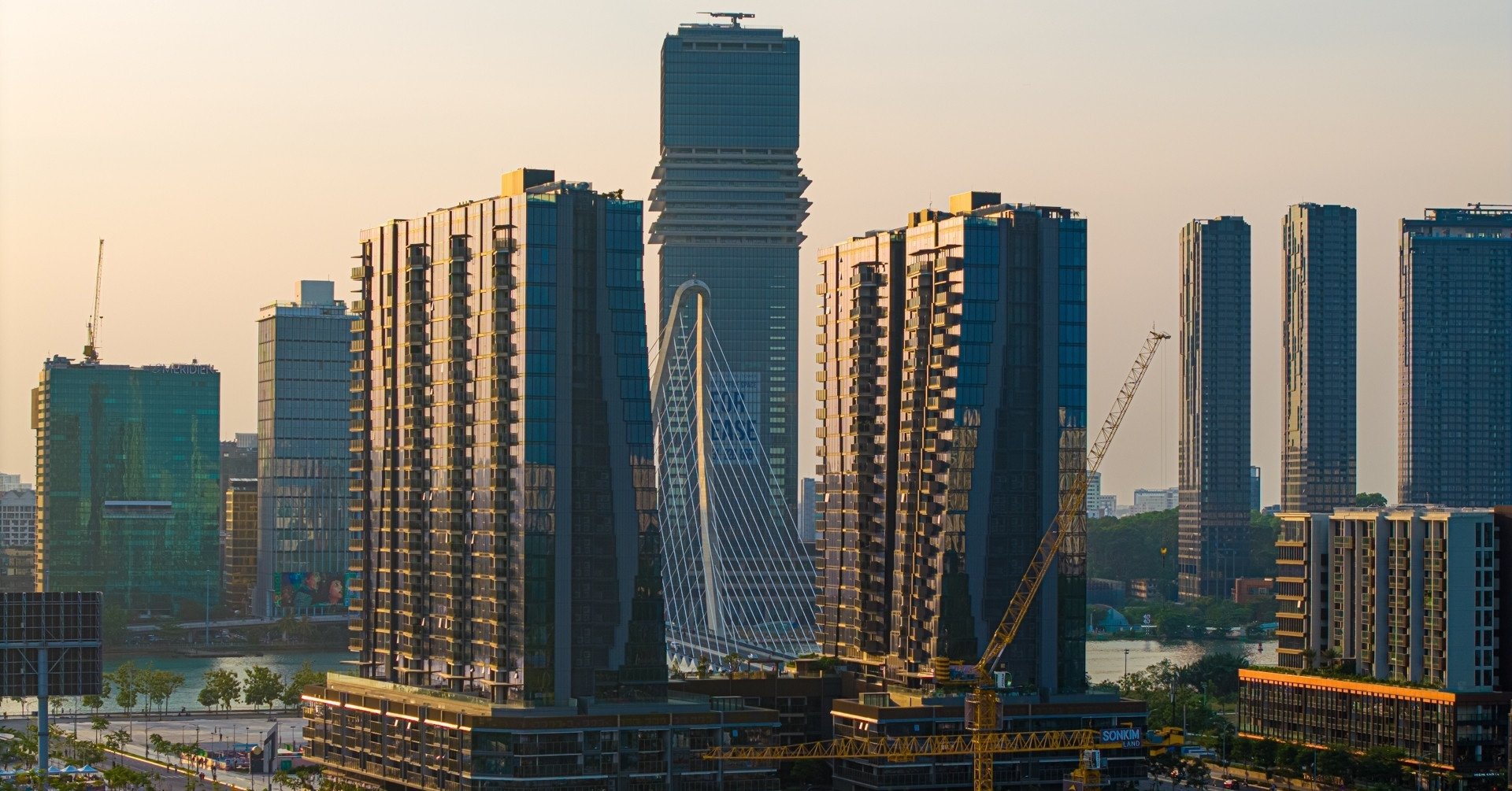



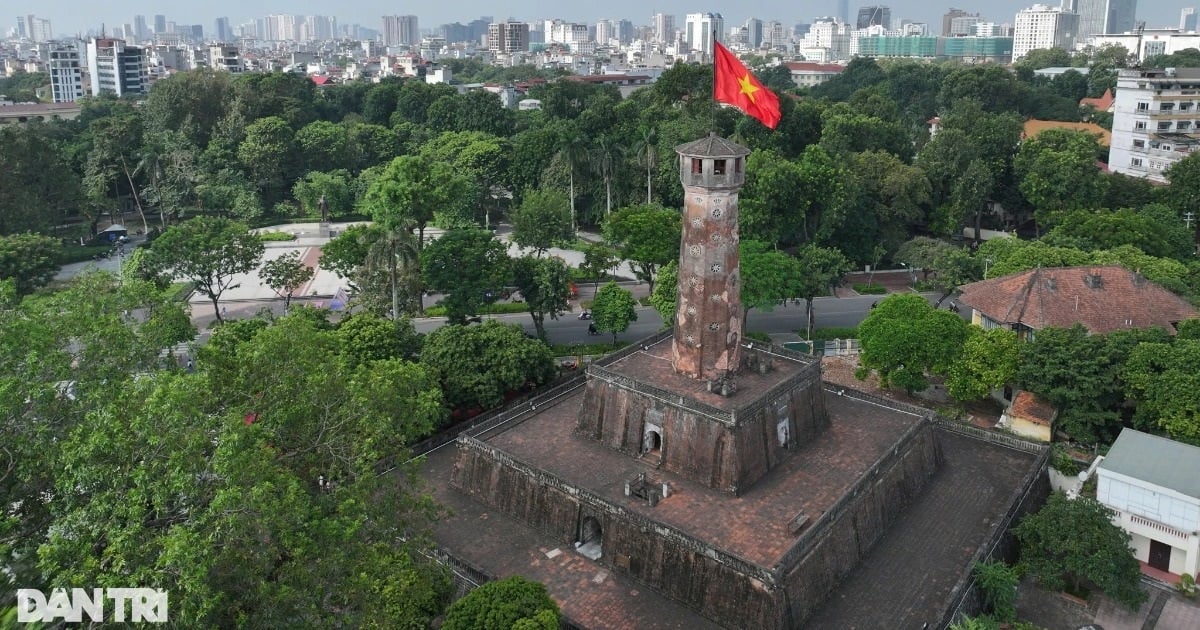

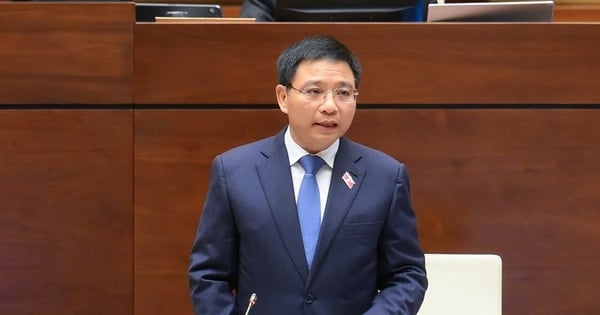






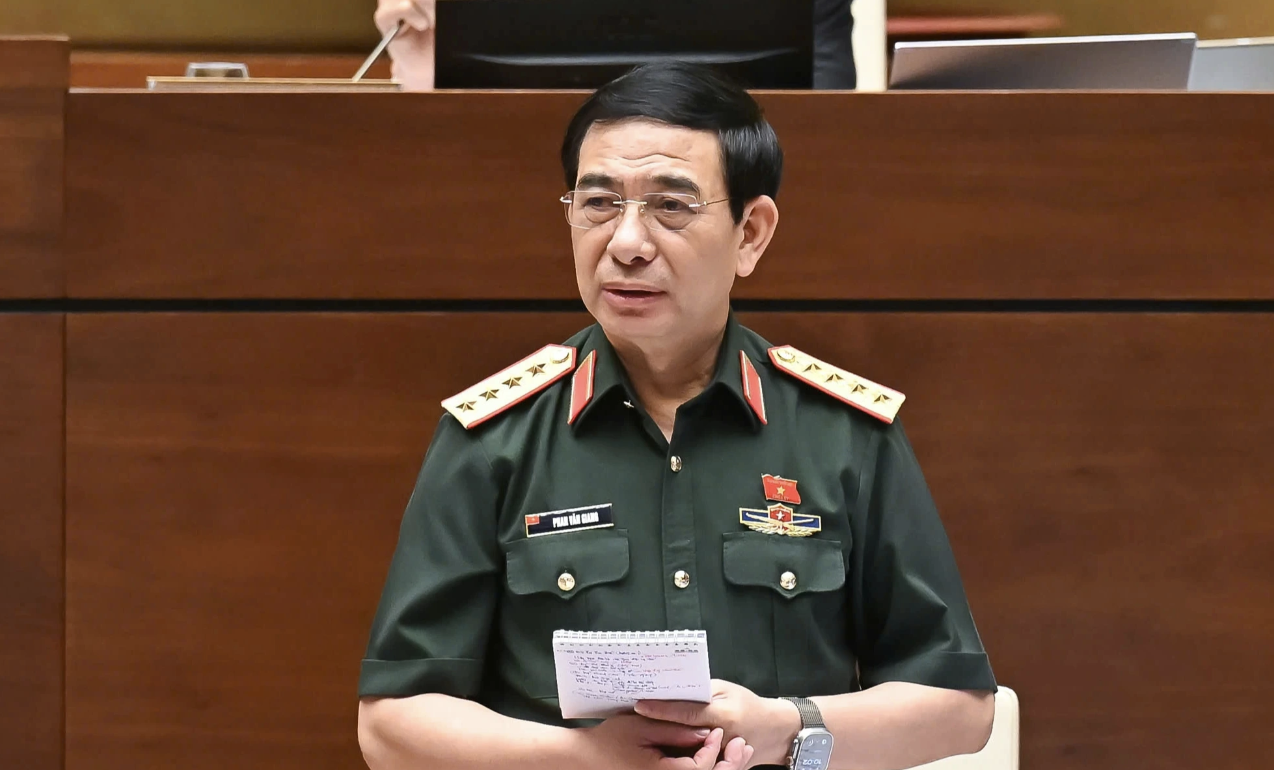
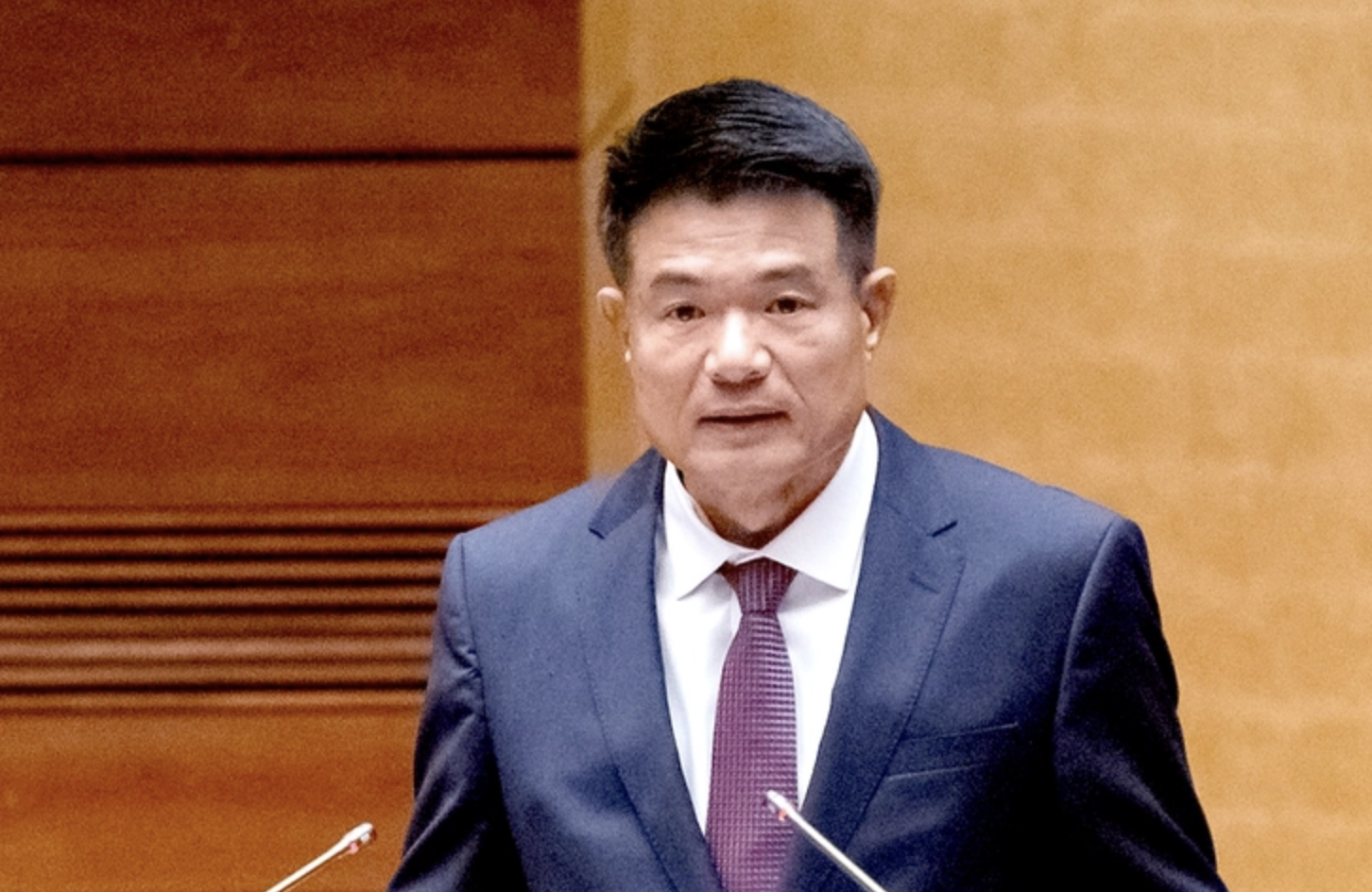

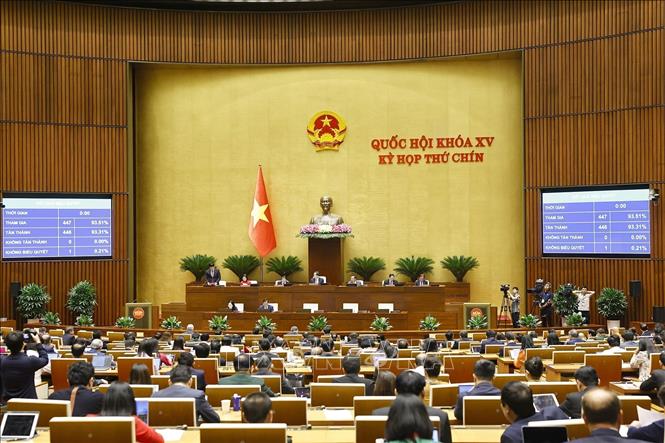



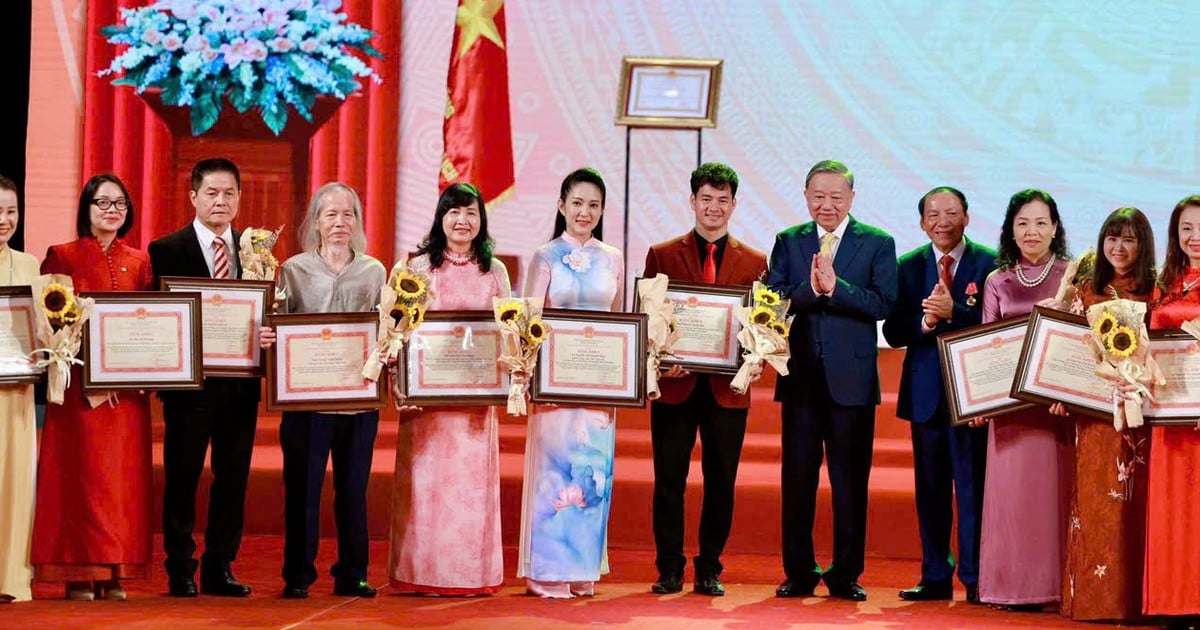
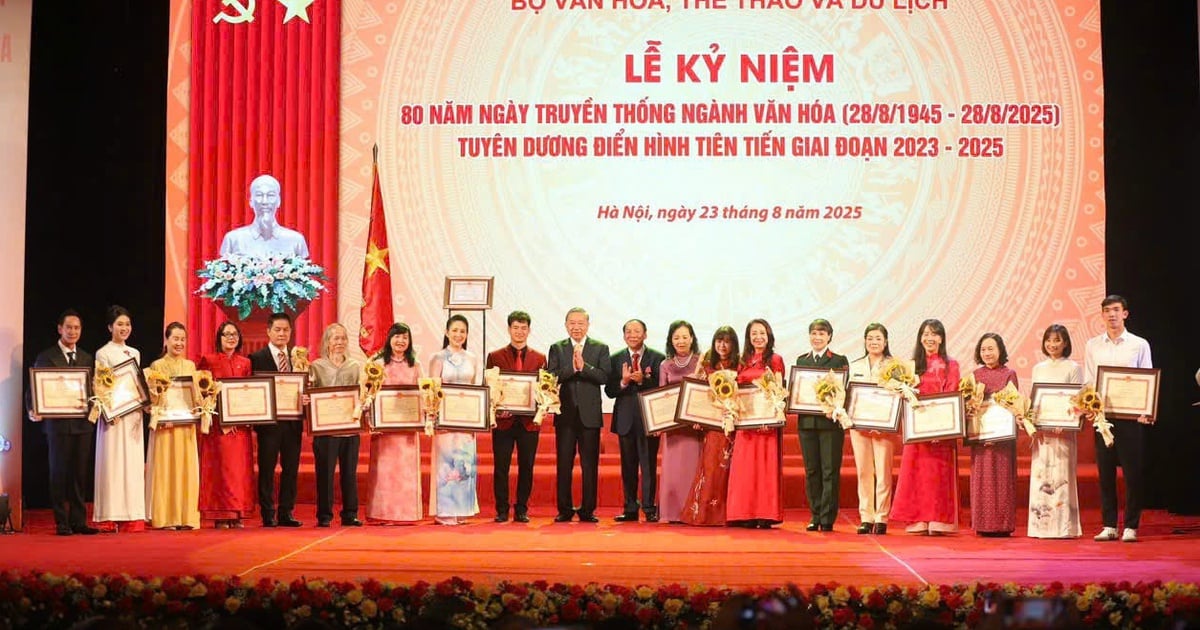
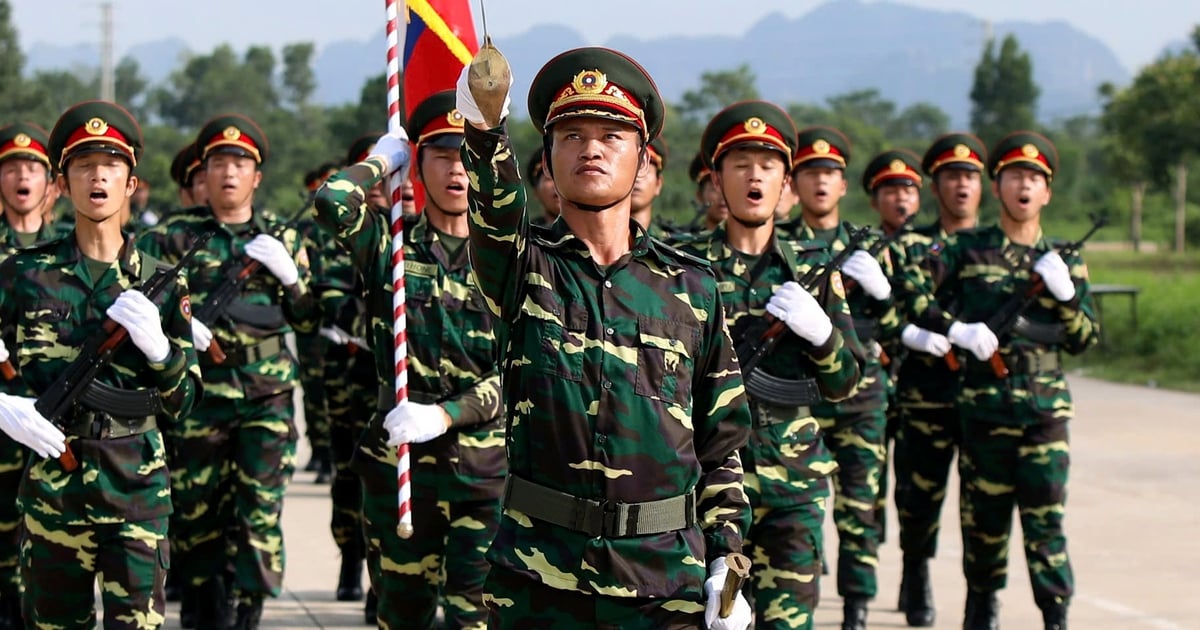
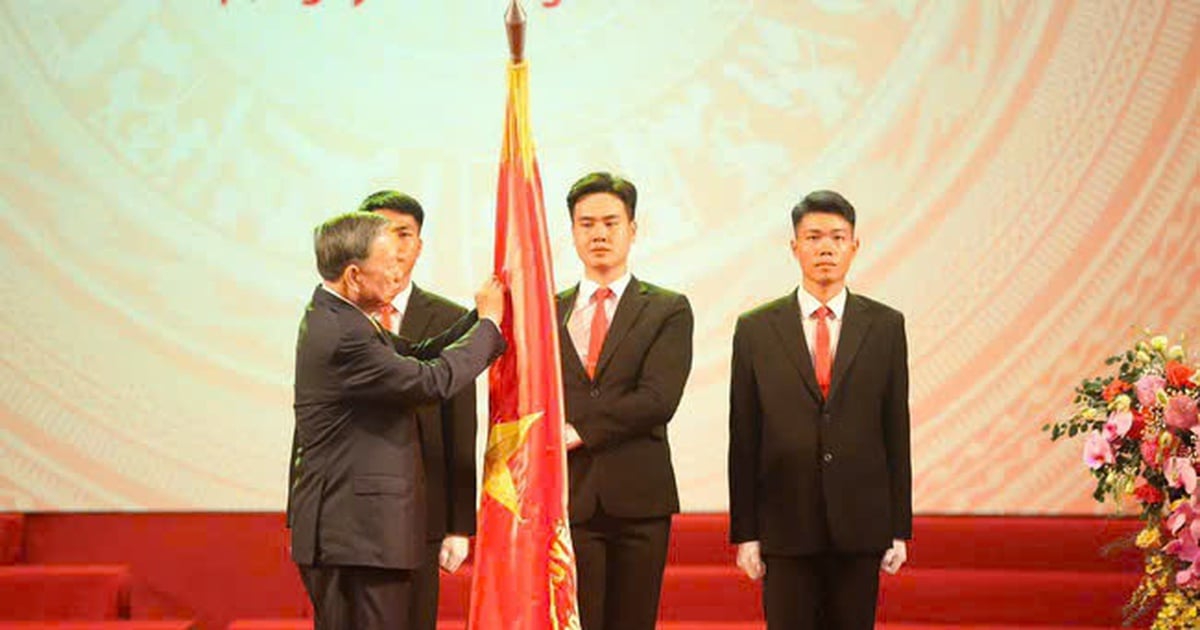
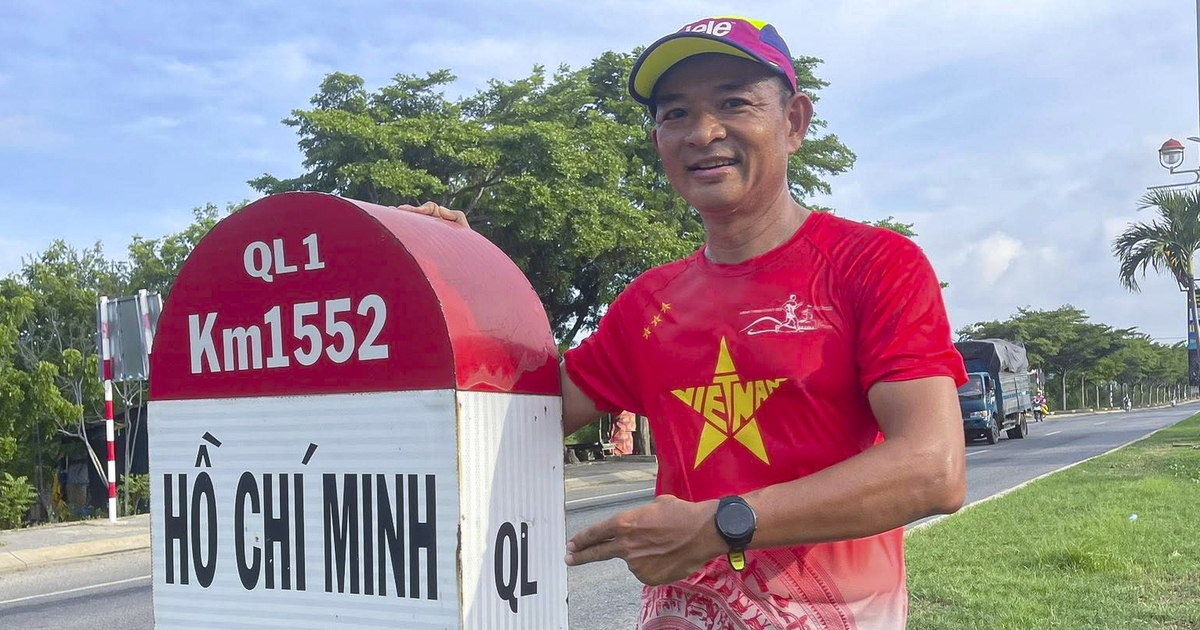
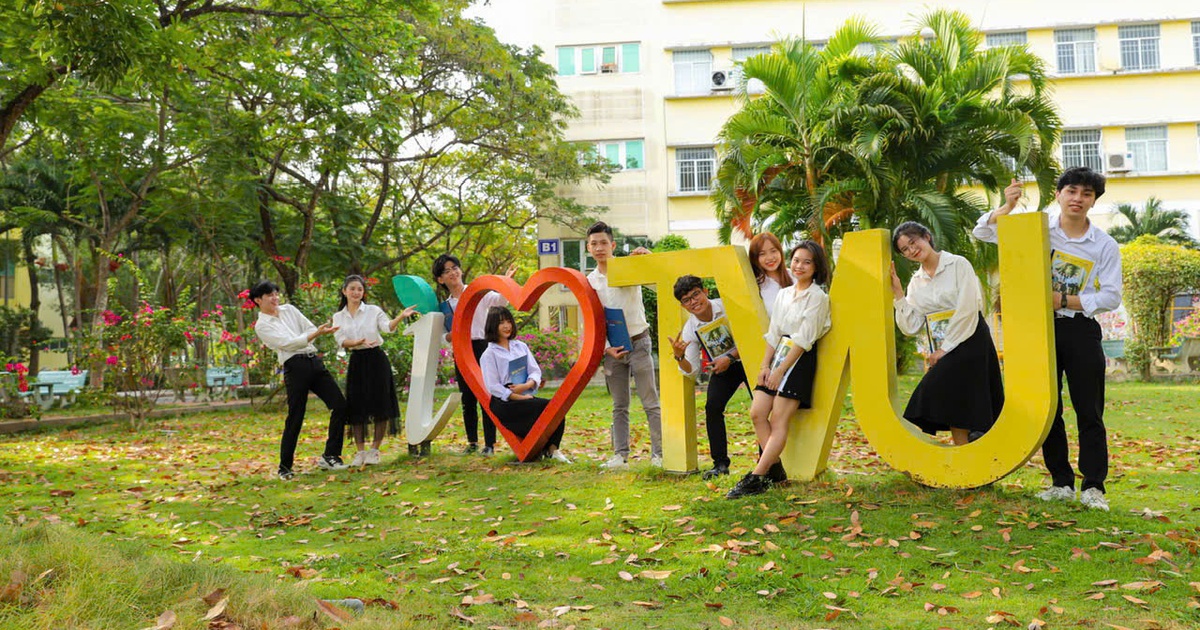
![[Photo] President Luong Cuong attends special political-artistic television show "Golden Opportunity"](https://vstatic.vietnam.vn/vietnam/resource/IMAGE/2025/8/22/44ca13c28fa7476796f9aa3618ff74c4)






























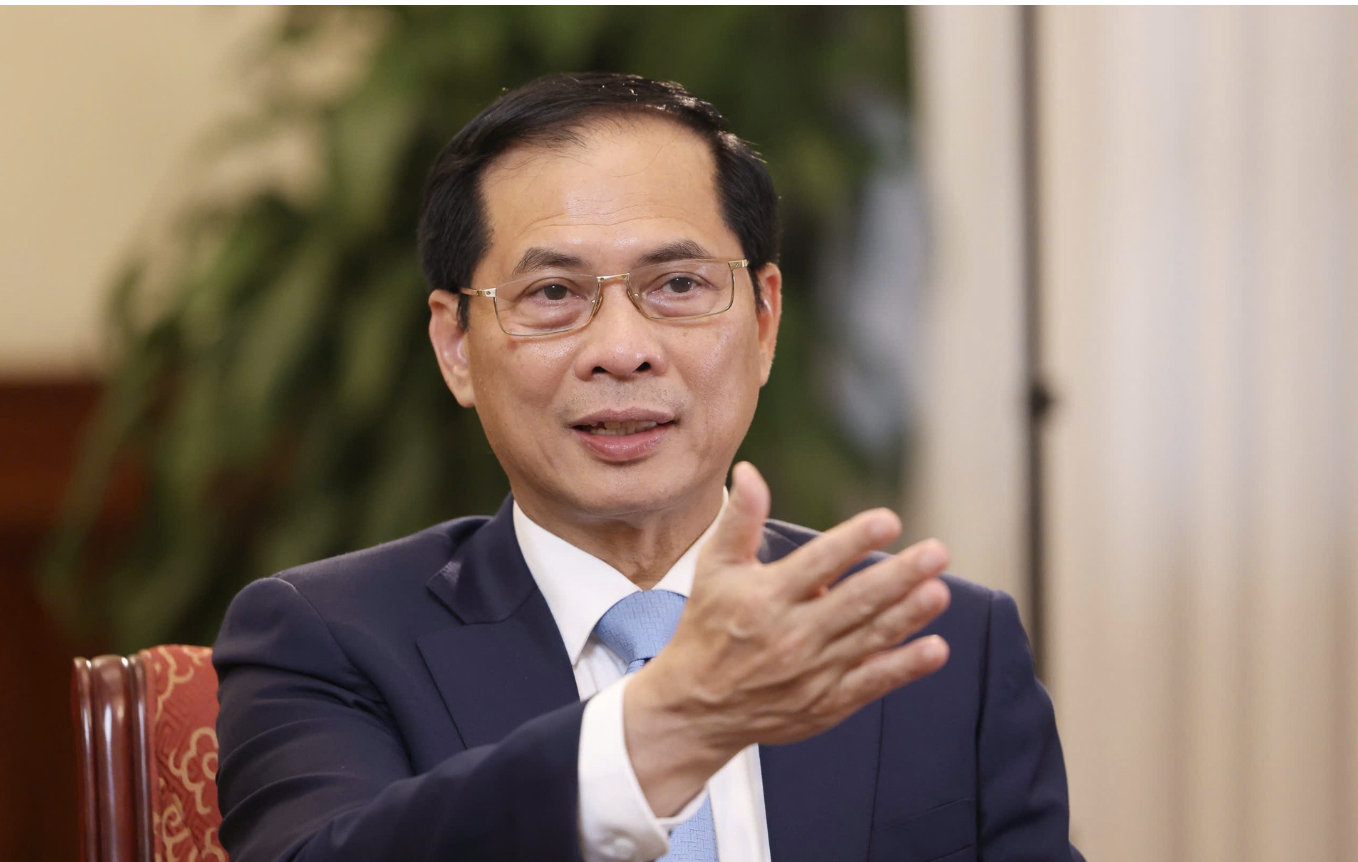

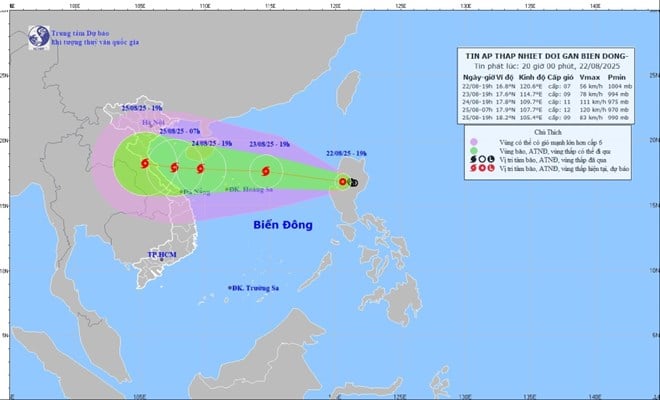

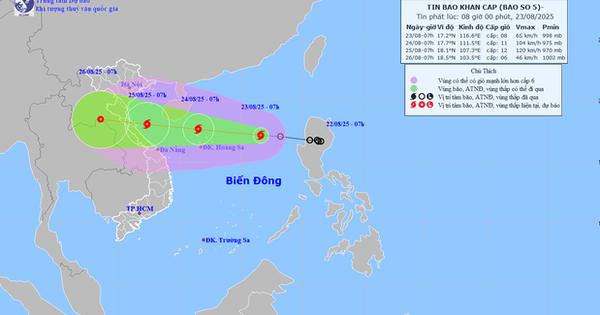


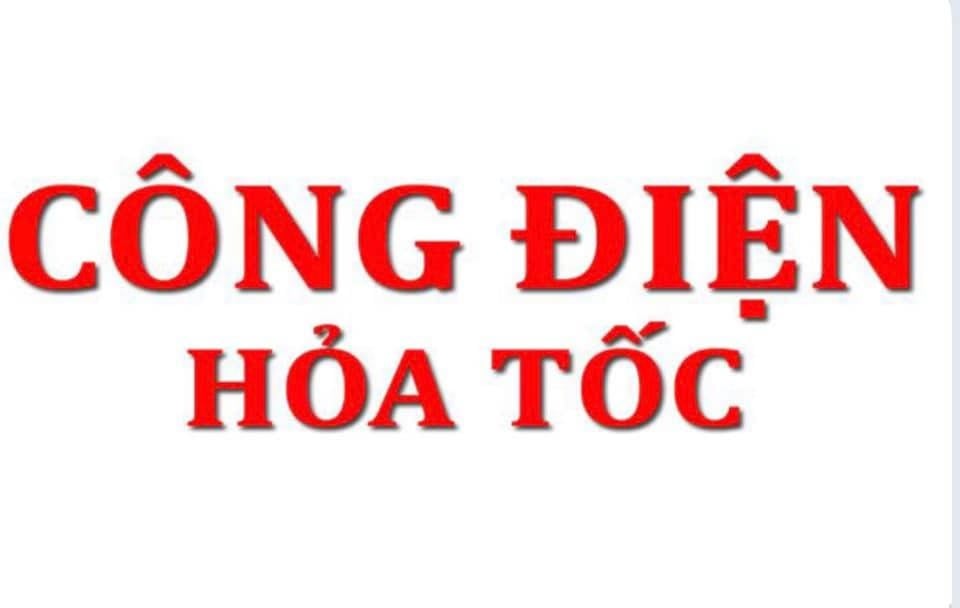

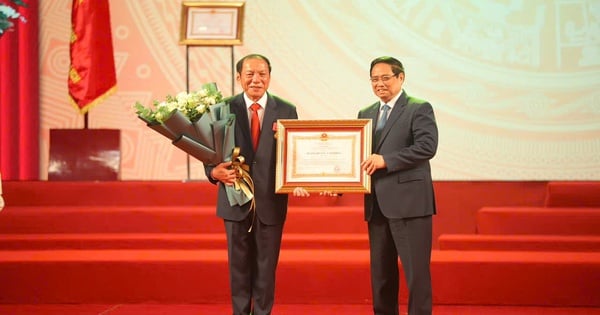
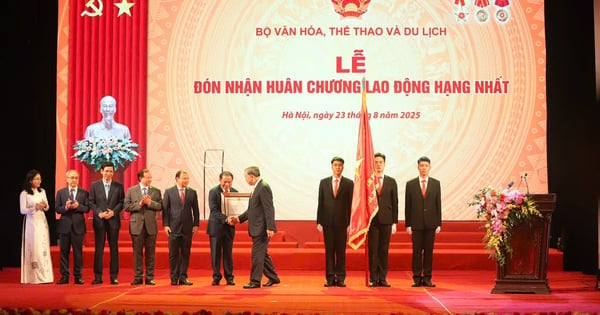
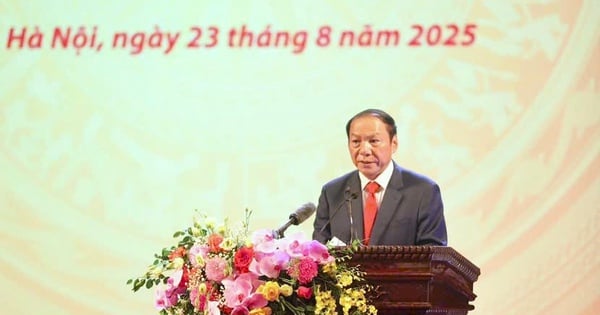




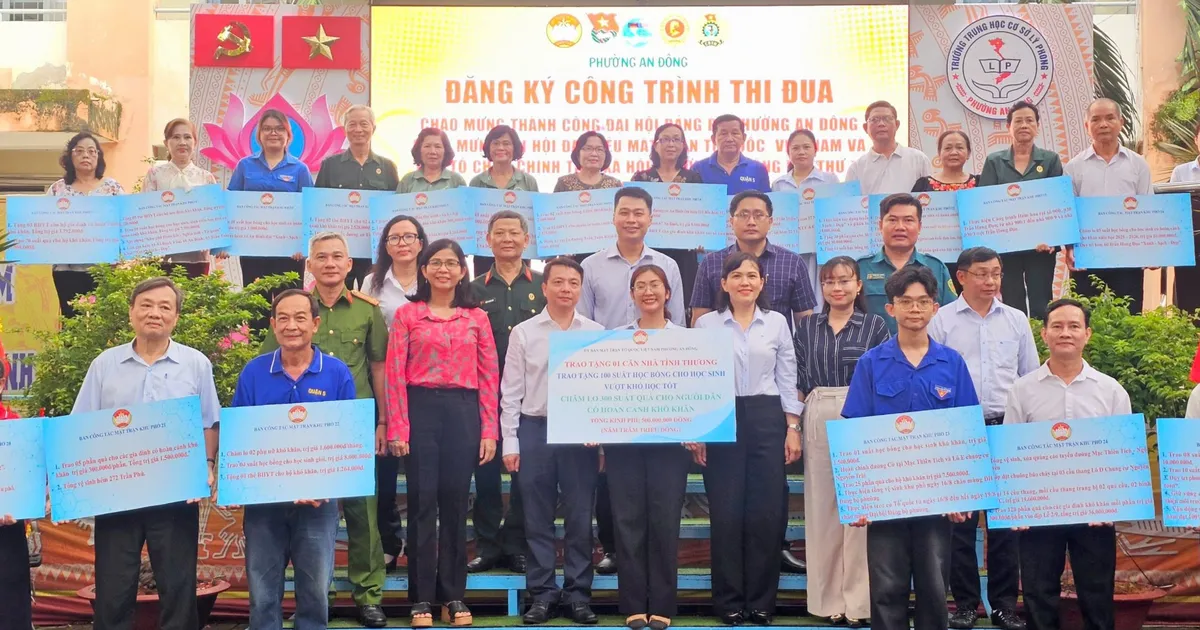

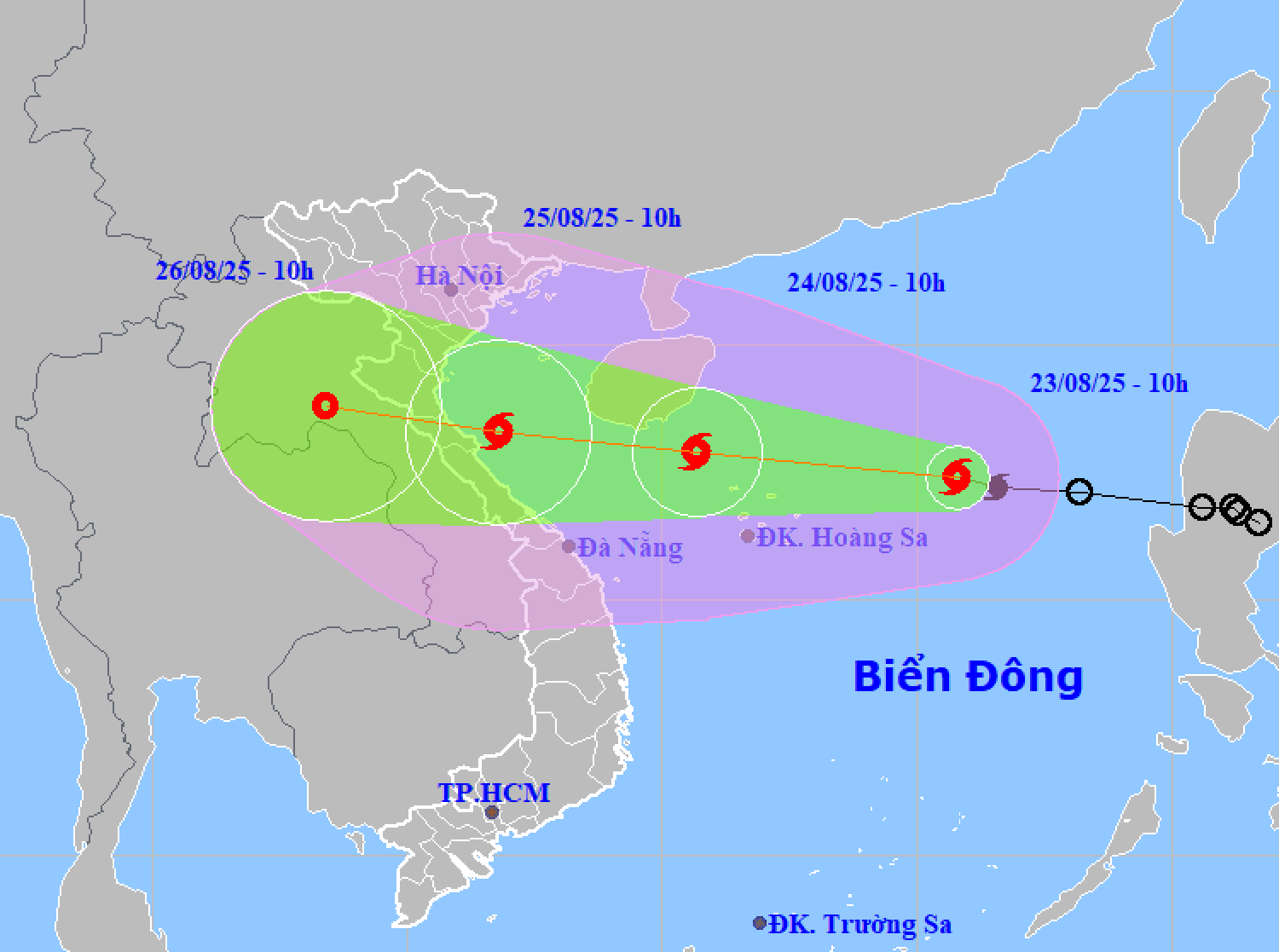

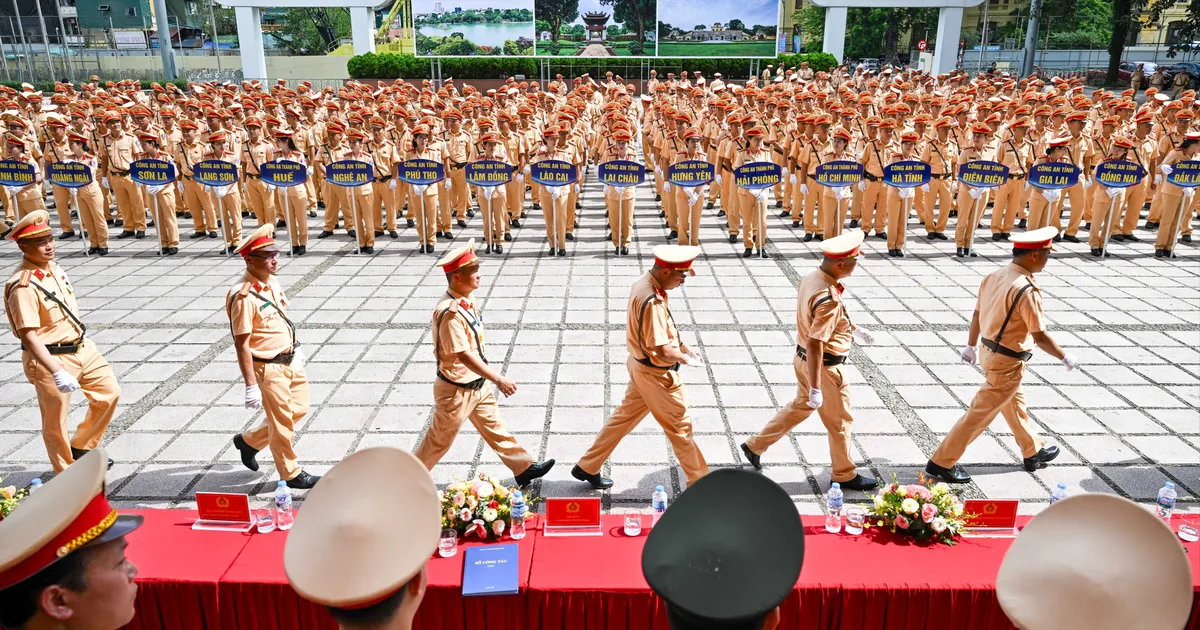





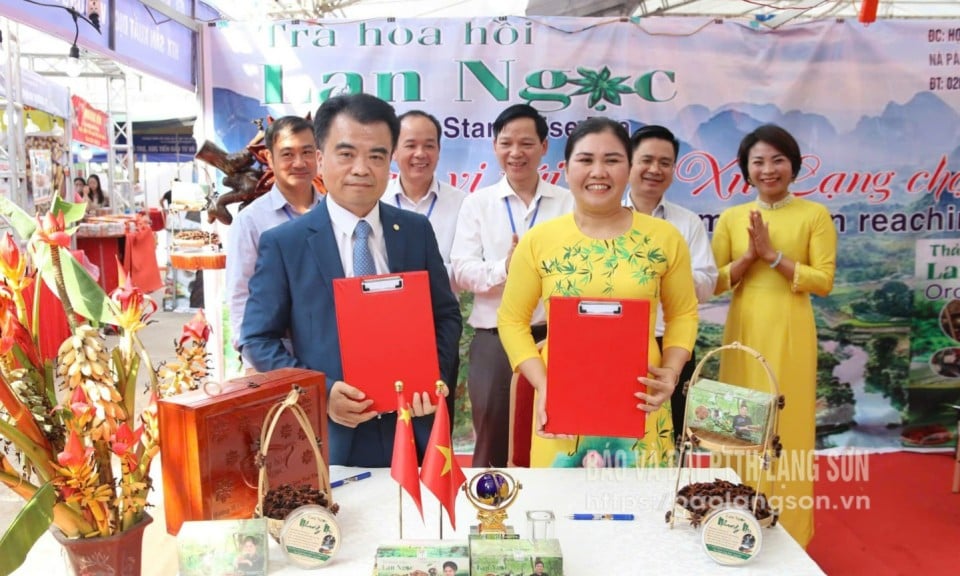









Comment (0)